Invernáculo
Spain, Madrid
completed
in 2025
Invernáculo is an innovative initiative launched by the Madrid Regional Government aimed at transforming how cultural activities are communicated within urban settings. This project seeks to engage new audiences by moving away from traditional advertising methods such as posters, banners, MUPIs (Urban Furniture as Information Points), and OPIs (Illuminated Advertising Objects). It forms part of a broader research effort exploring new interactions between cultural institutions and public spaces, building on previous projects like Exedra and Three Landscape Essays.
Rather than relying on conventional advertising formats, Invernáculo adopts the concept of urban furniture. The initiative features a greenhouse that acts as a support structure for large-format images tied to ongoing exhibitions. These images, commissioned from photographers and artists, offer unique interpretations of the works displayed inside, effectively creating an "exhibition about the exhibition" in an open-air setting.
The inaugural location for Invernáculo is centered around the Canal de Isabel II Exhibition Hall and the adjacent Third Reservoir Park. This site provides critical design parameters, mirroring the challenges such a system may encounter in other parts of the city. Situated atop one of the four water reservoirs managed by Canal de Isabel II, the park acts like a roof, much like many urban environments where the ground is punctuated by parking lots, communication networks, basements, and access points.
To support the displayed images, metal frames have been designed that echo the roof-like nature of public spaces. Their structure draws inspiration from the iconic fencing surrounding the rooftop of Madrid’s Colegio Maravillas, designed by Alejandro de la Sota. These frames, covered with transparent methacrylate sheets, function as transportable greenhouses or Wardian cases—controlled environments tailored to accommodate delicate plant species.
A modular system of prefabricated concrete planters forms the foundation for these frames. The planters are designed to provide the necessary substrate for plant roots and water storage, adding significant weight to the entire assembly. This thoughtful design ensures the stability of the structures while allowing for easy transportation and relocation.
Invernáculo is a concept that sits at the intersection of a compact greenhouse and a dilapidated museum wall, stripped of its usual plasterboard and revealing its underlying structure, now overtaken by new life. It serves as a reminder of an architecture that never was, resembling a rehearsal for a curtain wall or the ghost of a building yet to be realized.
Rather than relying on conventional advertising formats, Invernáculo adopts the concept of urban furniture. The initiative features a greenhouse that acts as a support structure for large-format images tied to ongoing exhibitions. These images, commissioned from photographers and artists, offer unique interpretations of the works displayed inside, effectively creating an "exhibition about the exhibition" in an open-air setting.
The inaugural location for Invernáculo is centered around the Canal de Isabel II Exhibition Hall and the adjacent Third Reservoir Park. This site provides critical design parameters, mirroring the challenges such a system may encounter in other parts of the city. Situated atop one of the four water reservoirs managed by Canal de Isabel II, the park acts like a roof, much like many urban environments where the ground is punctuated by parking lots, communication networks, basements, and access points.
To support the displayed images, metal frames have been designed that echo the roof-like nature of public spaces. Their structure draws inspiration from the iconic fencing surrounding the rooftop of Madrid’s Colegio Maravillas, designed by Alejandro de la Sota. These frames, covered with transparent methacrylate sheets, function as transportable greenhouses or Wardian cases—controlled environments tailored to accommodate delicate plant species.
A modular system of prefabricated concrete planters forms the foundation for these frames. The planters are designed to provide the necessary substrate for plant roots and water storage, adding significant weight to the entire assembly. This thoughtful design ensures the stability of the structures while allowing for easy transportation and relocation.
Invernáculo is a concept that sits at the intersection of a compact greenhouse and a dilapidated museum wall, stripped of its usual plasterboard and revealing its underlying structure, now overtaken by new life. It serves as a reminder of an architecture that never was, resembling a rehearsal for a curtain wall or the ghost of a building yet to be realized.
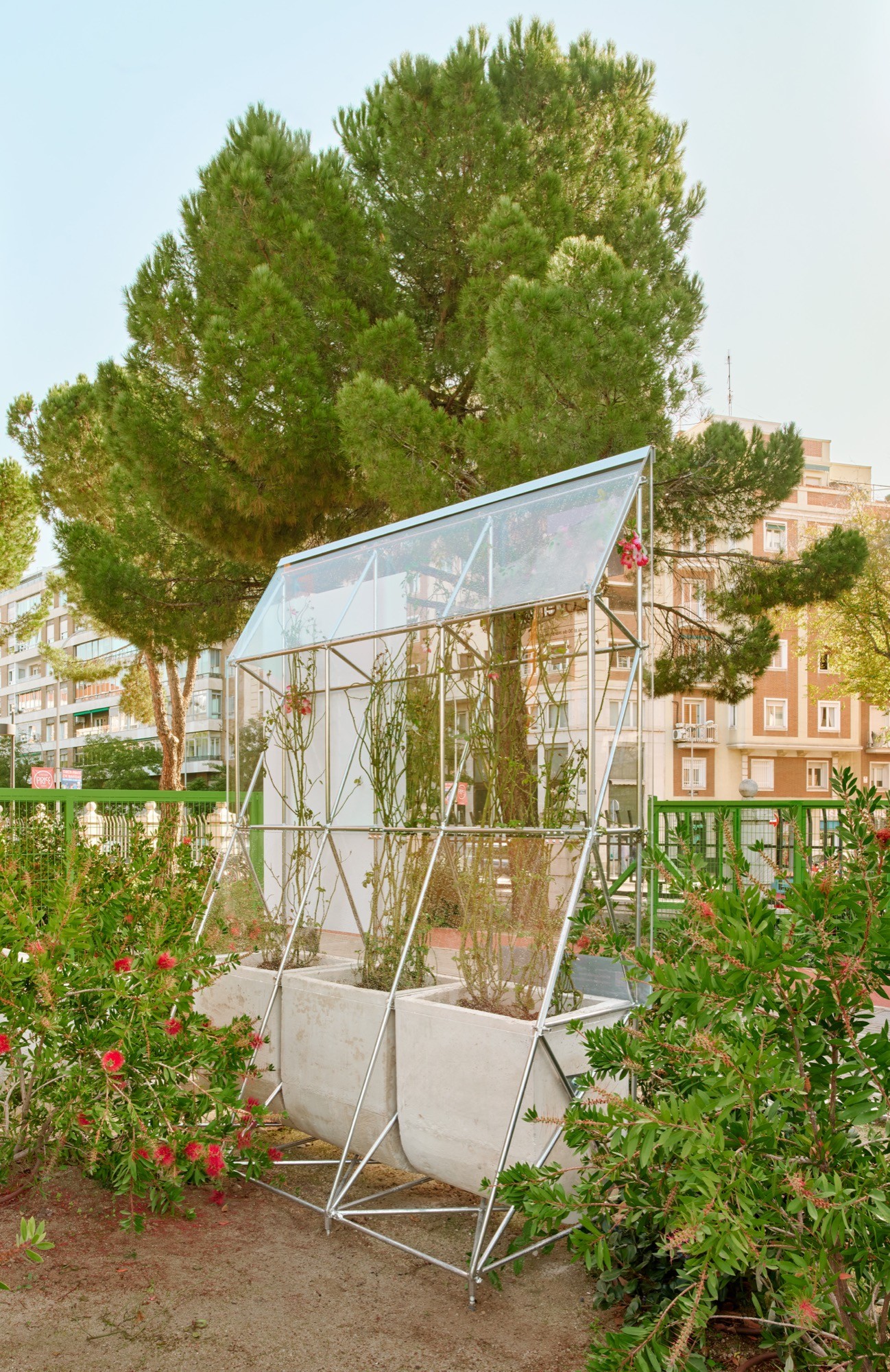
©
José Hevia
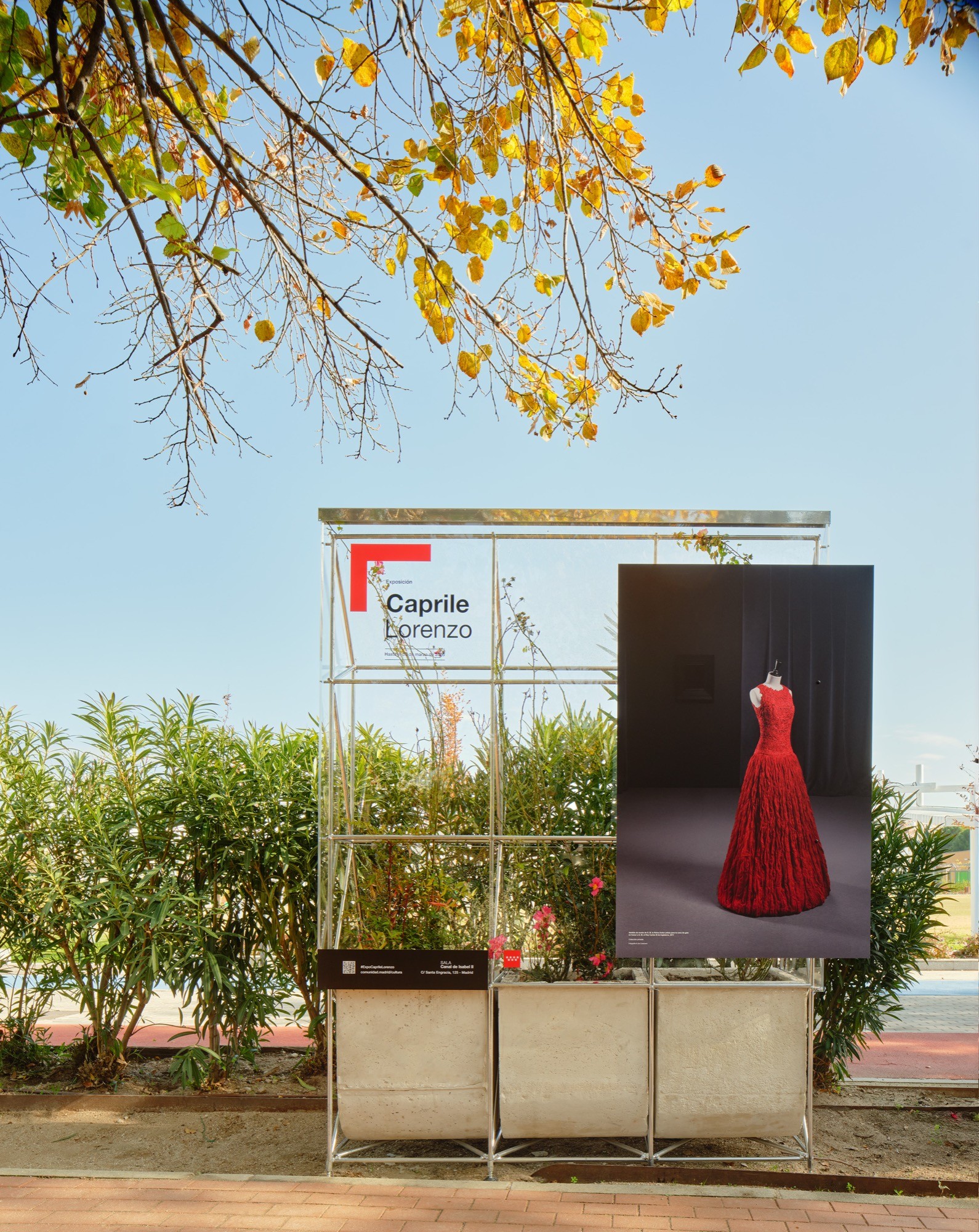
©
José Hevia
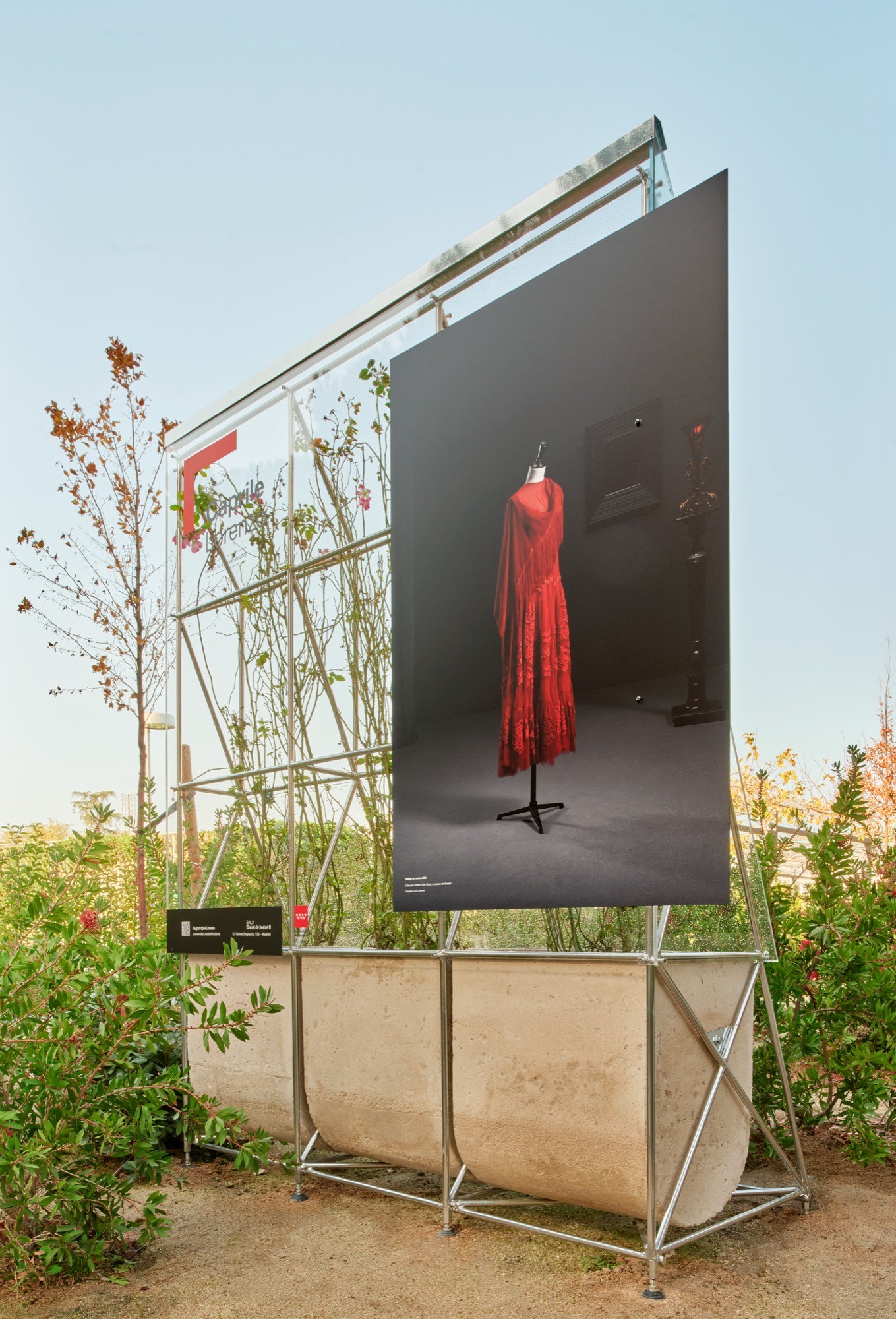
©
José Hevia
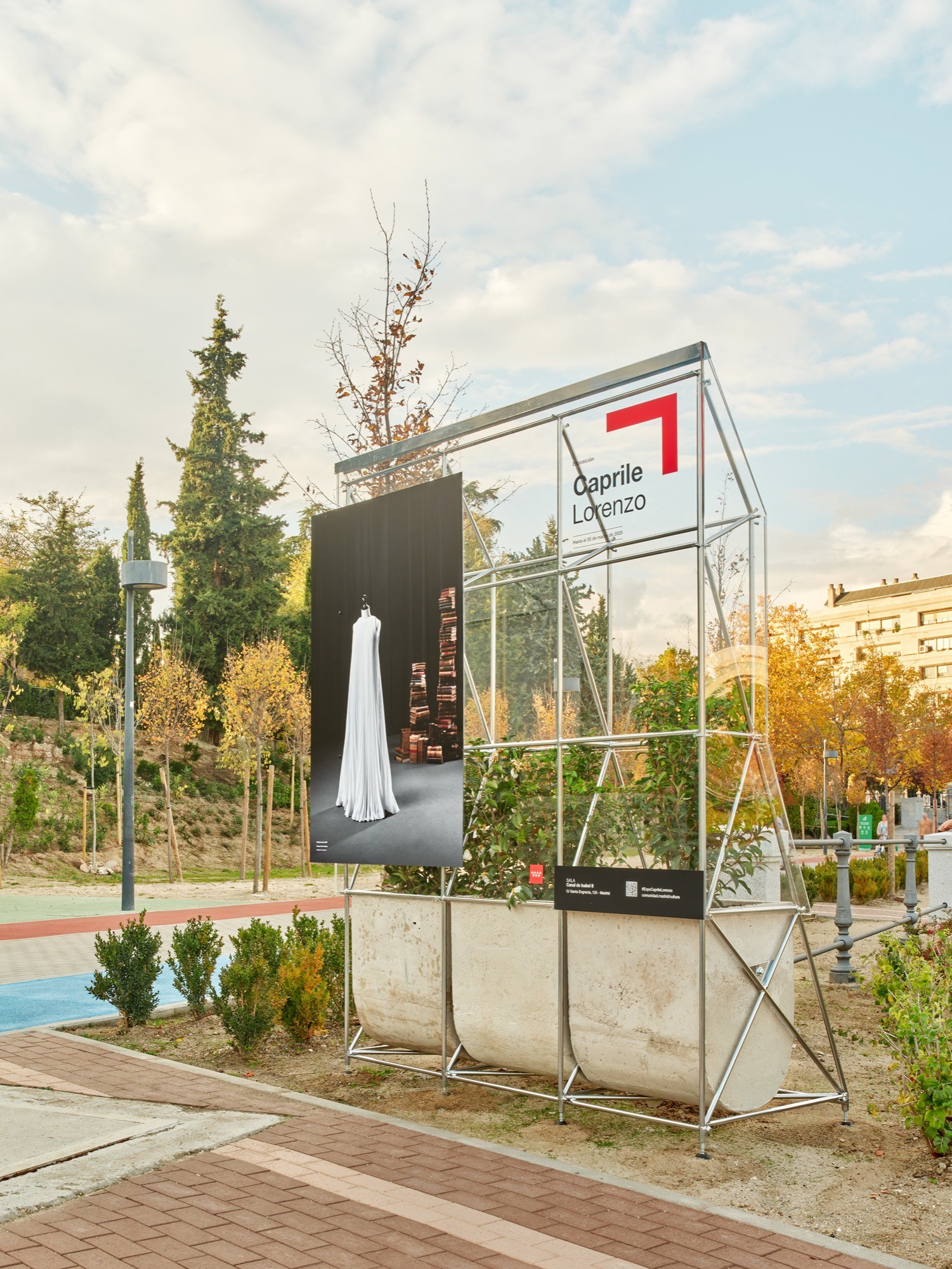
©
José Hevia
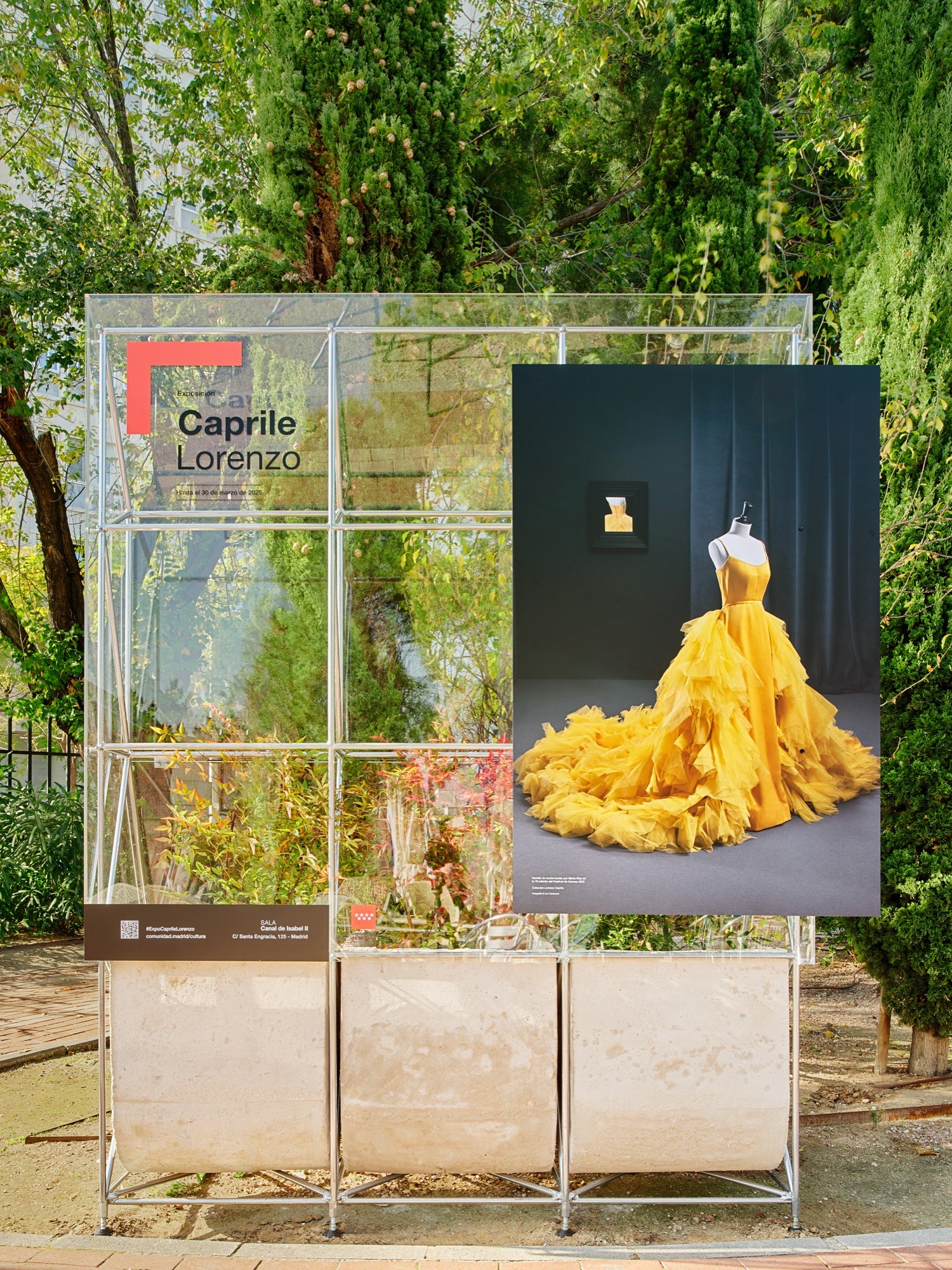
©
José Hevia
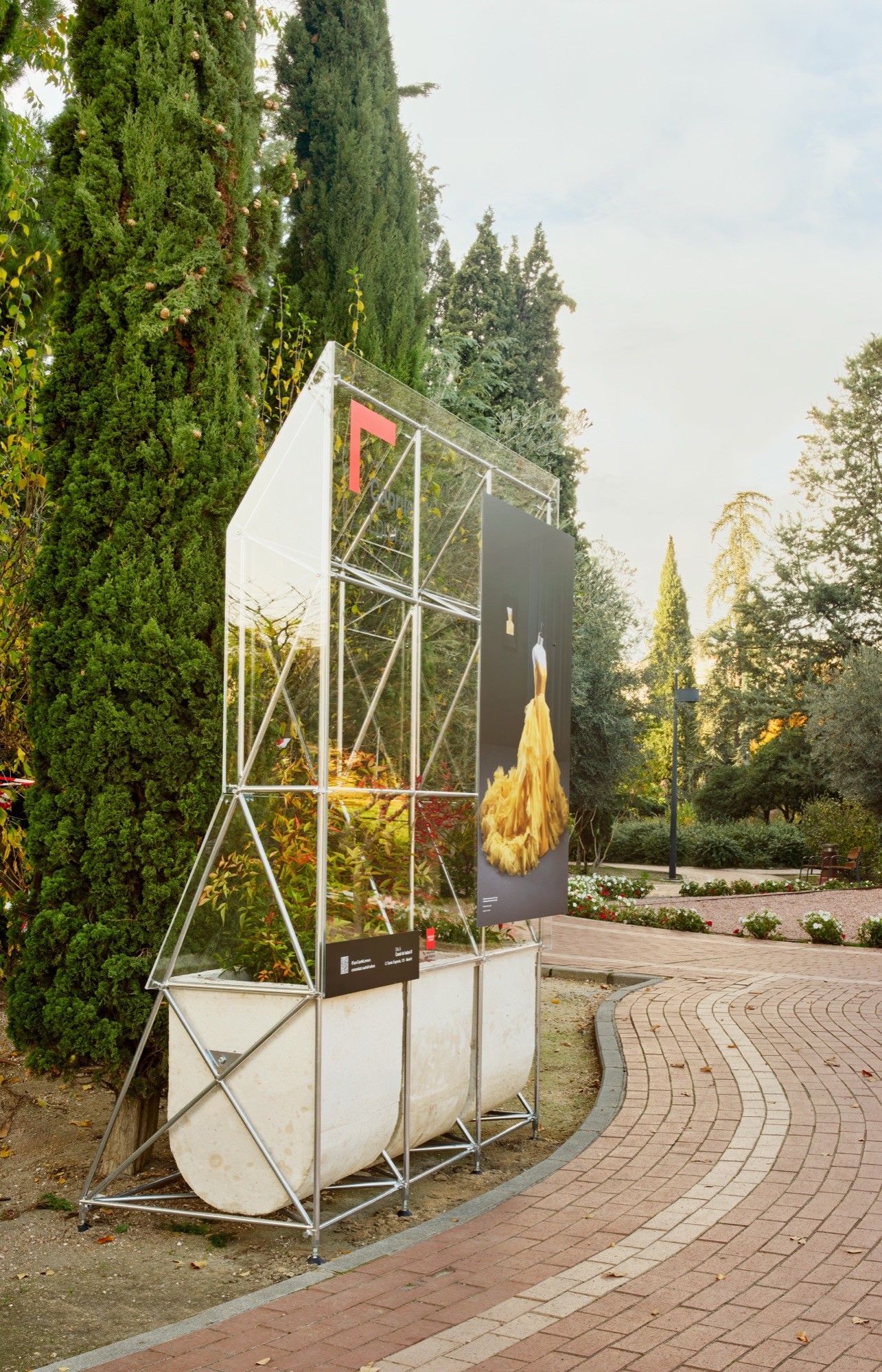
©
José Hevia
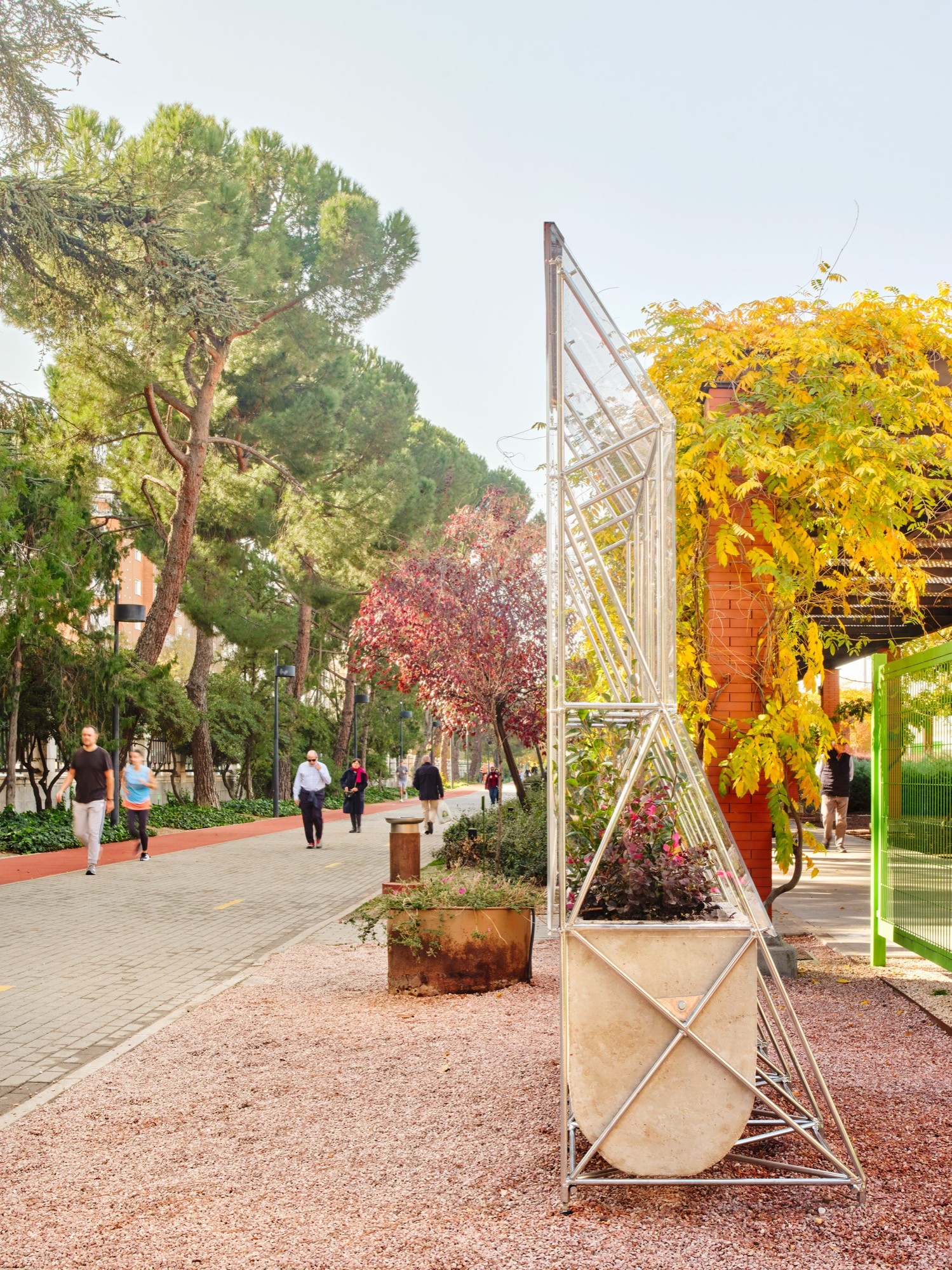
©
José Hevia
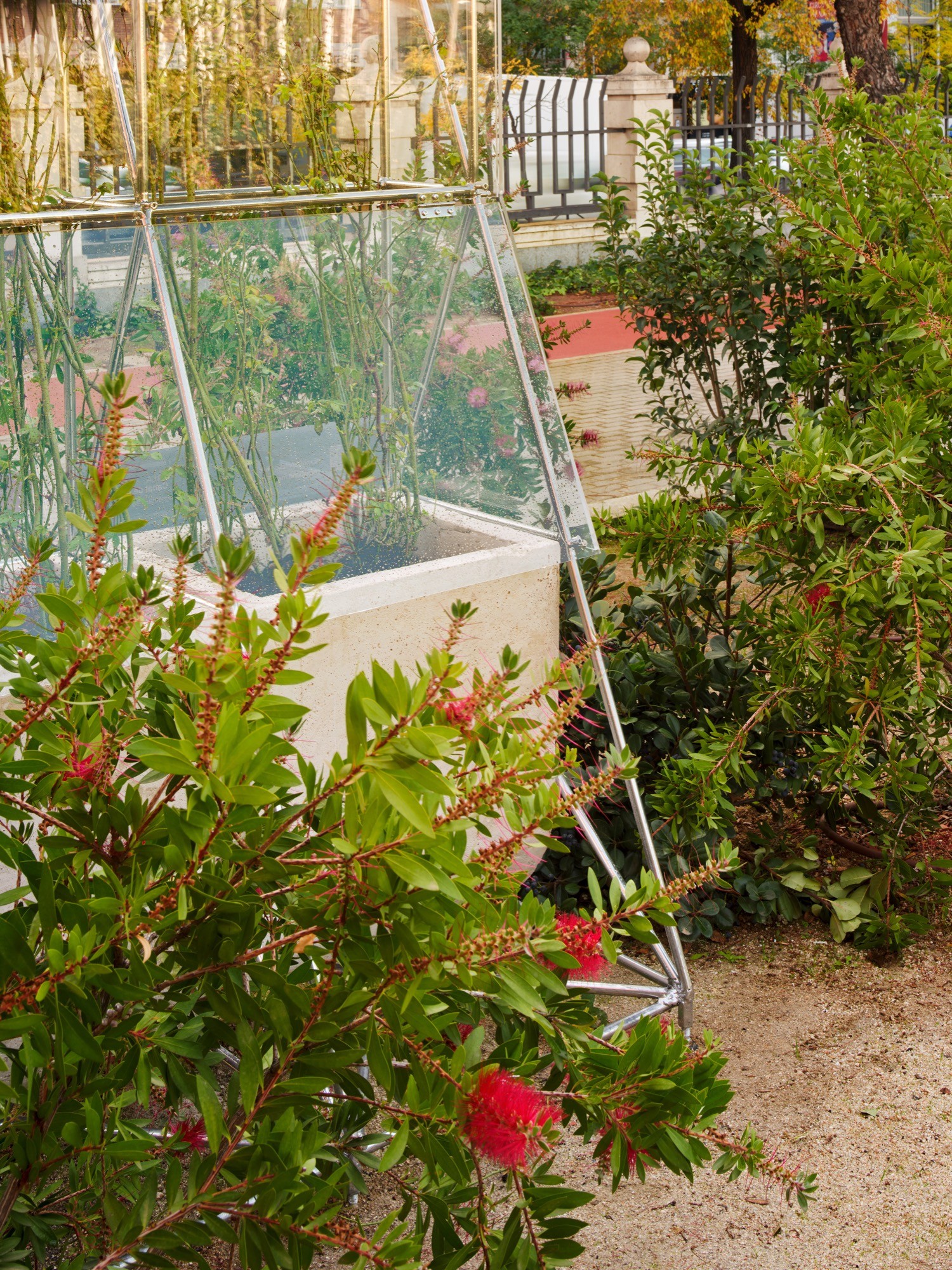
©
José Hevia
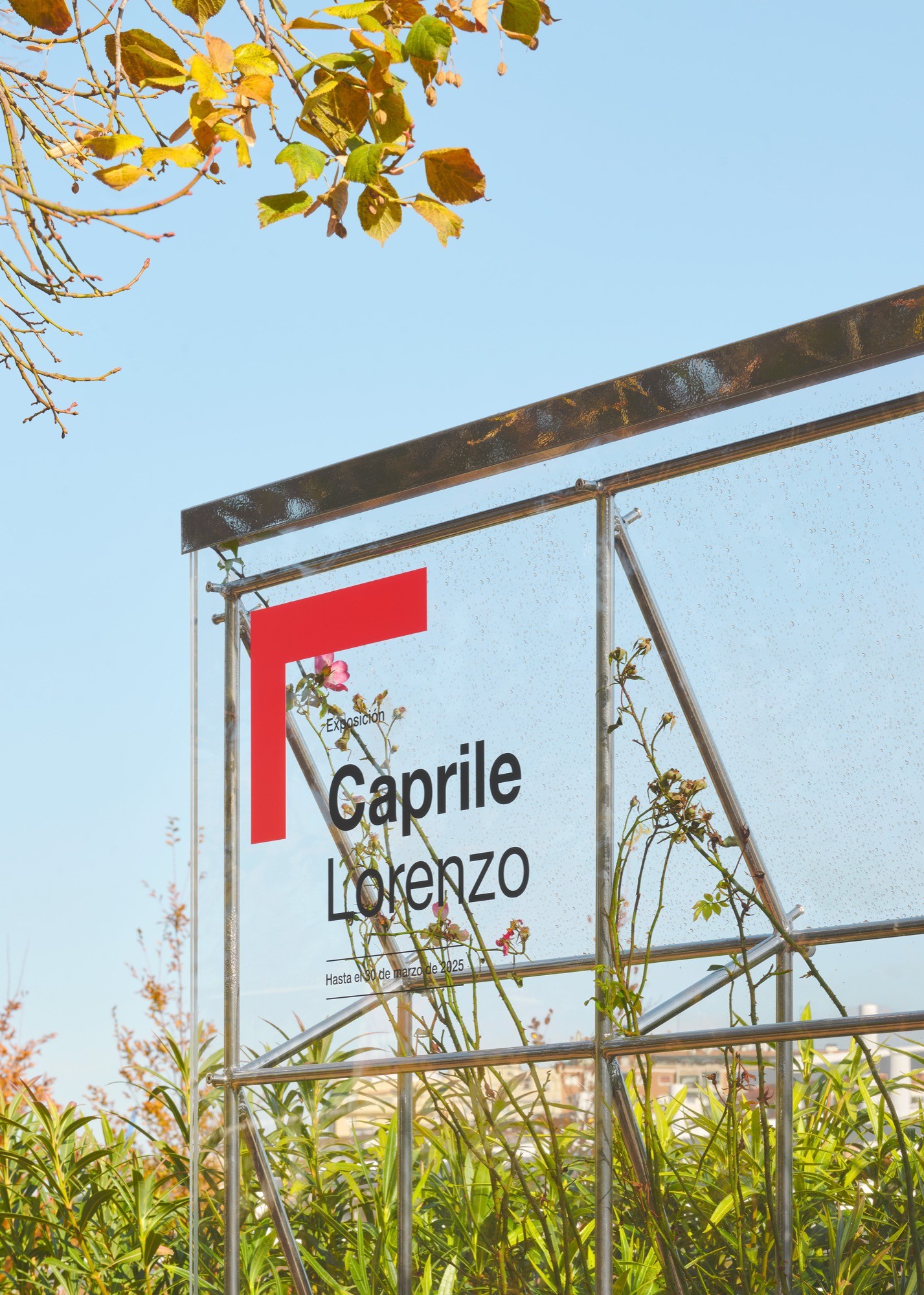
©
José Hevia
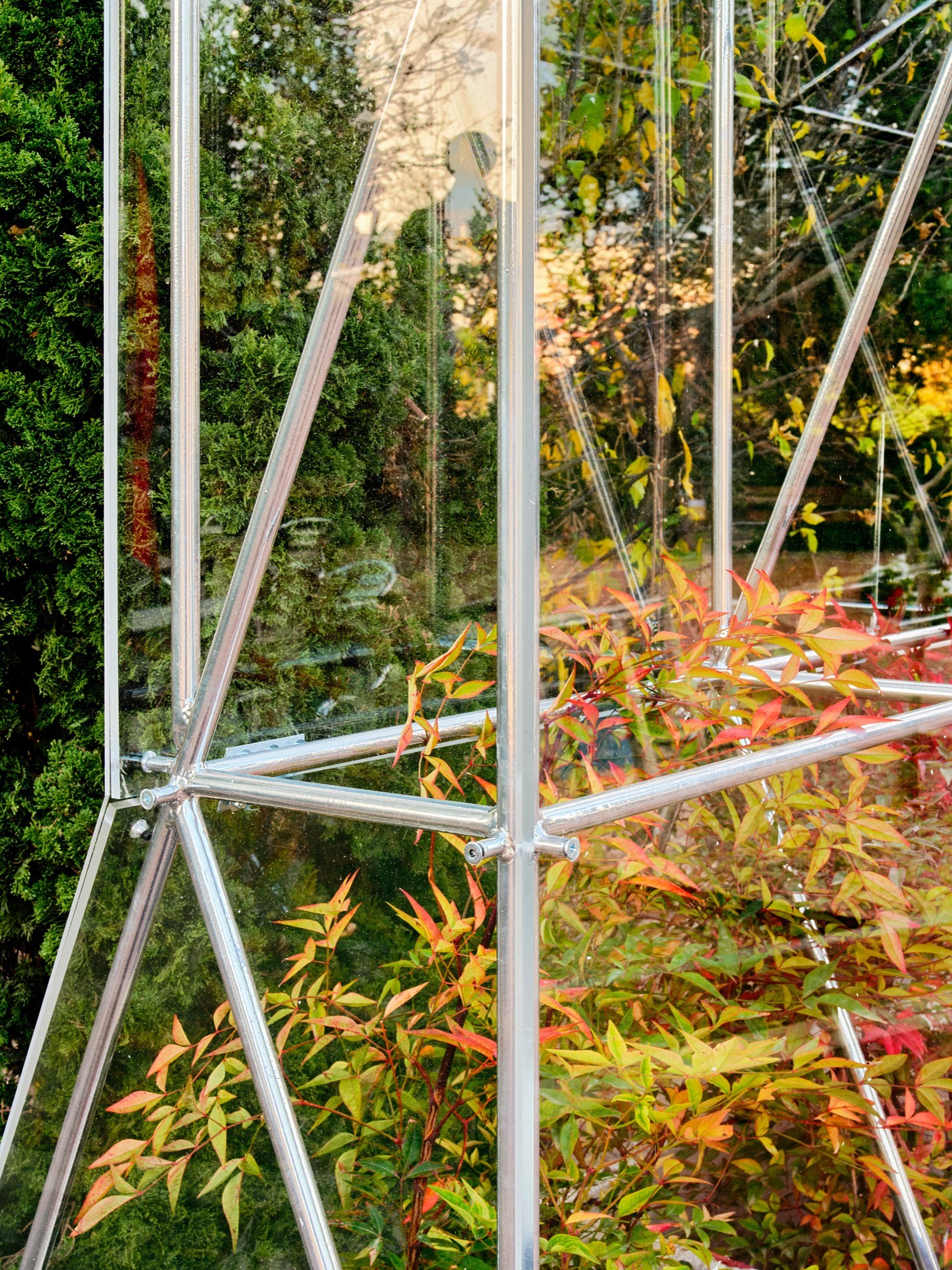
©
José Hevia
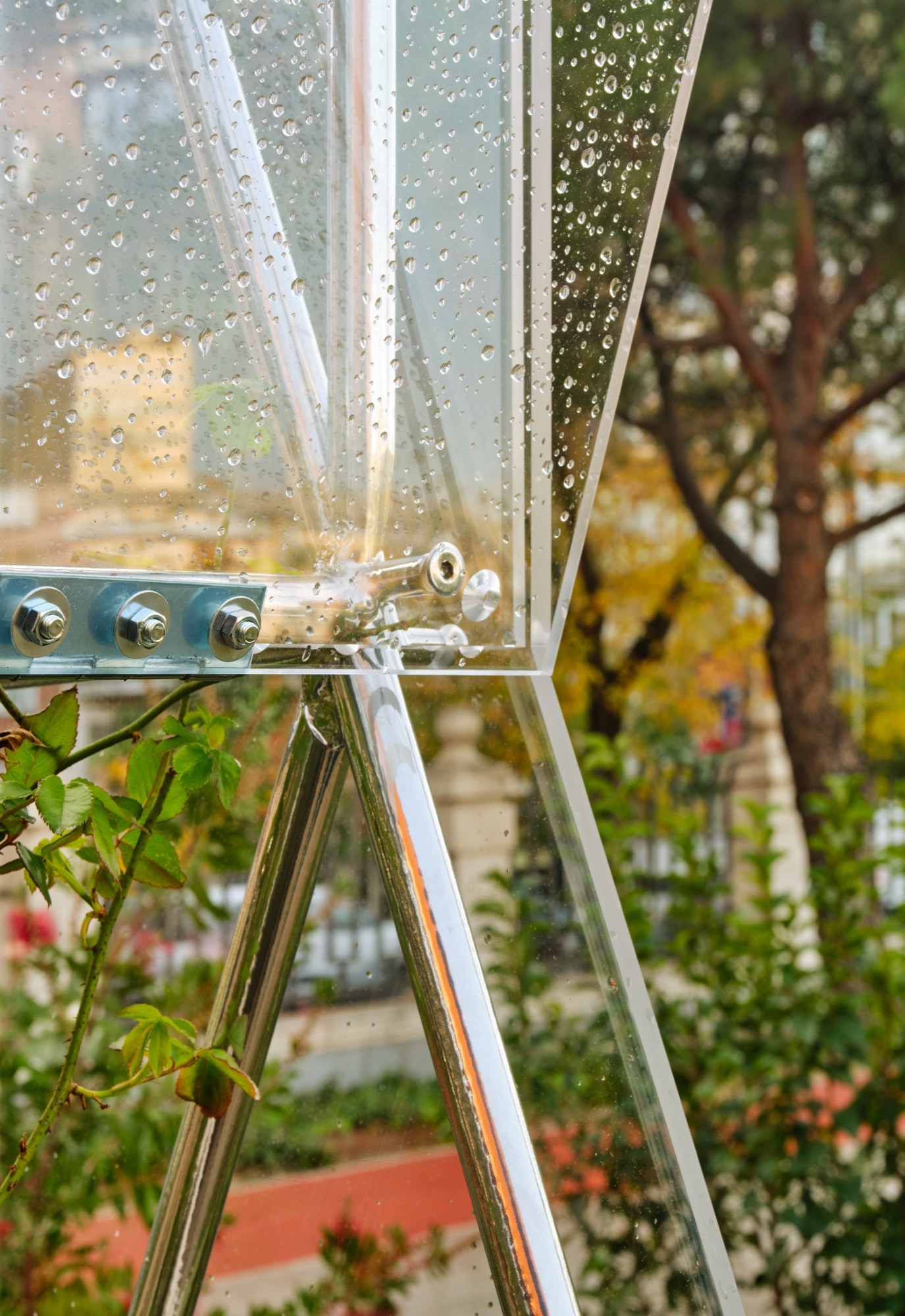
©
José Hevia

©
José Hevia

©
José Hevia

©
José Hevia
Comments
(0)